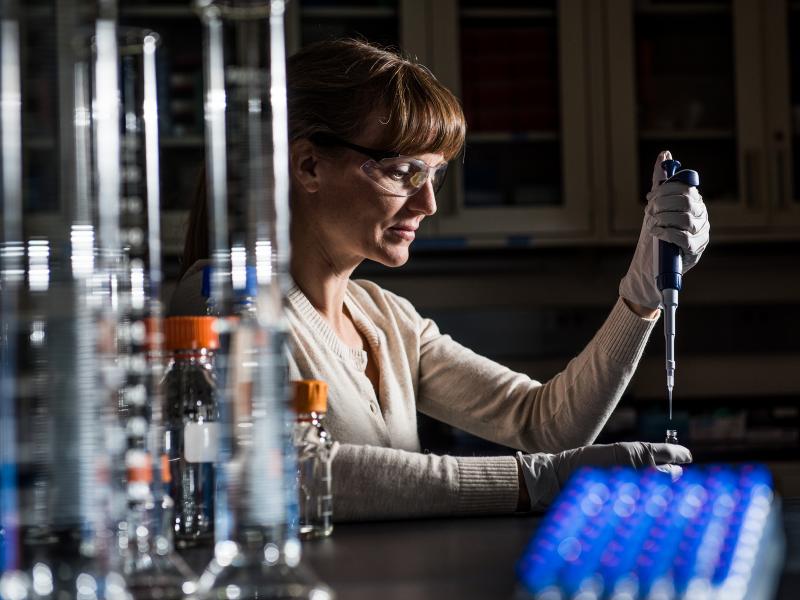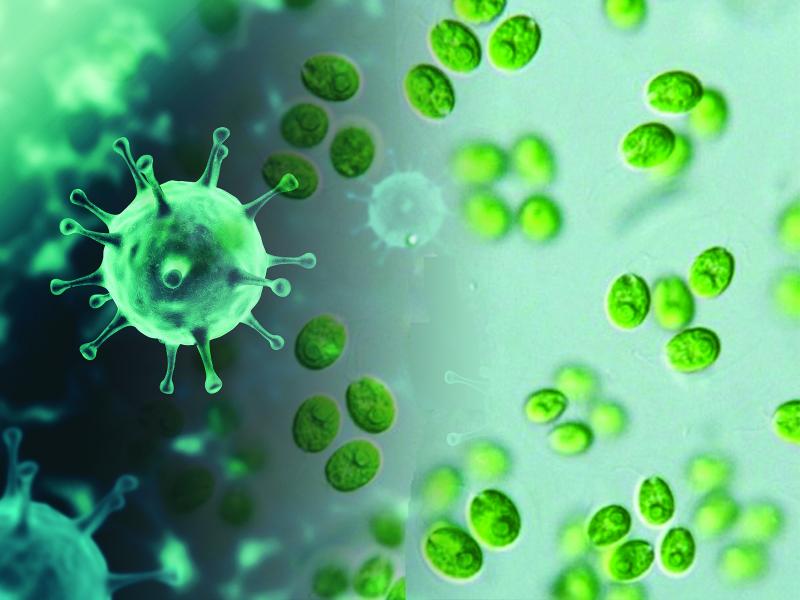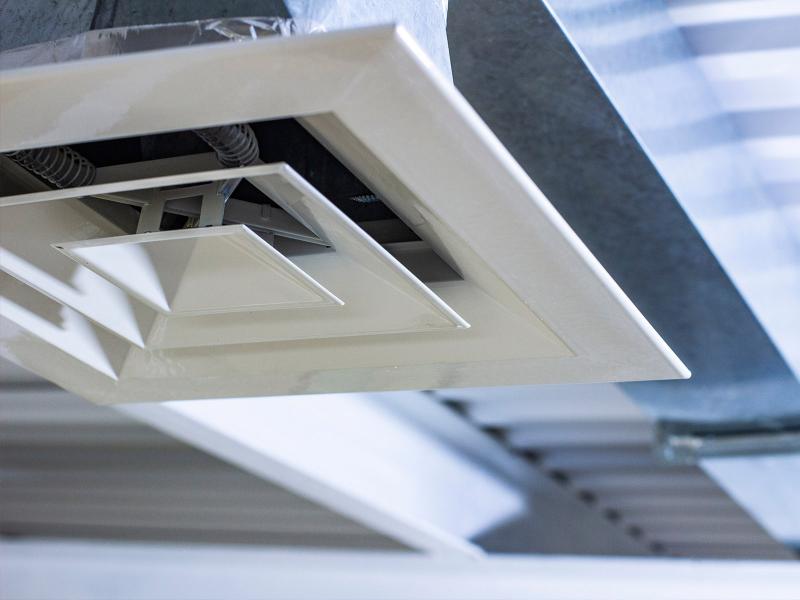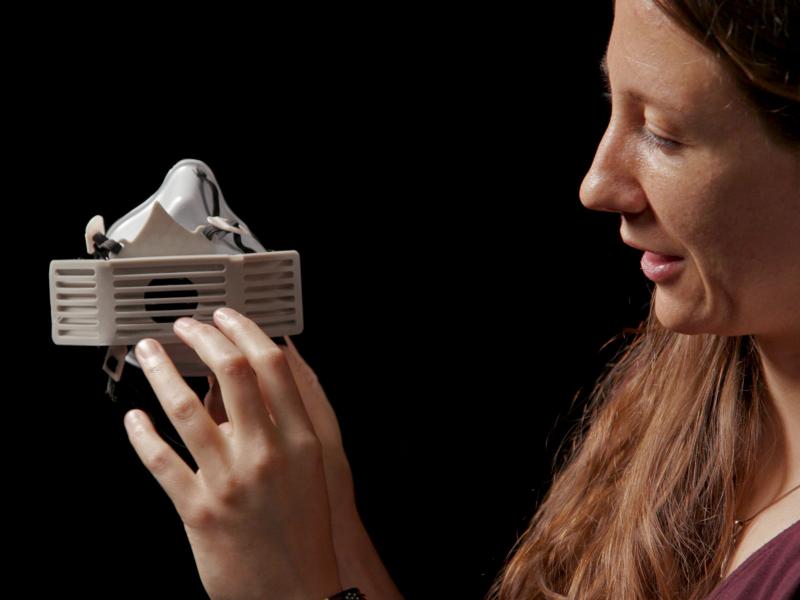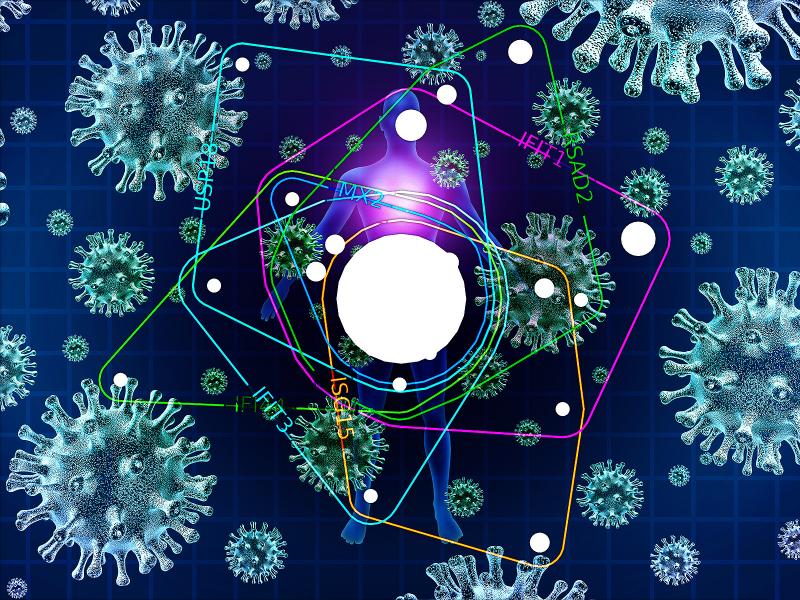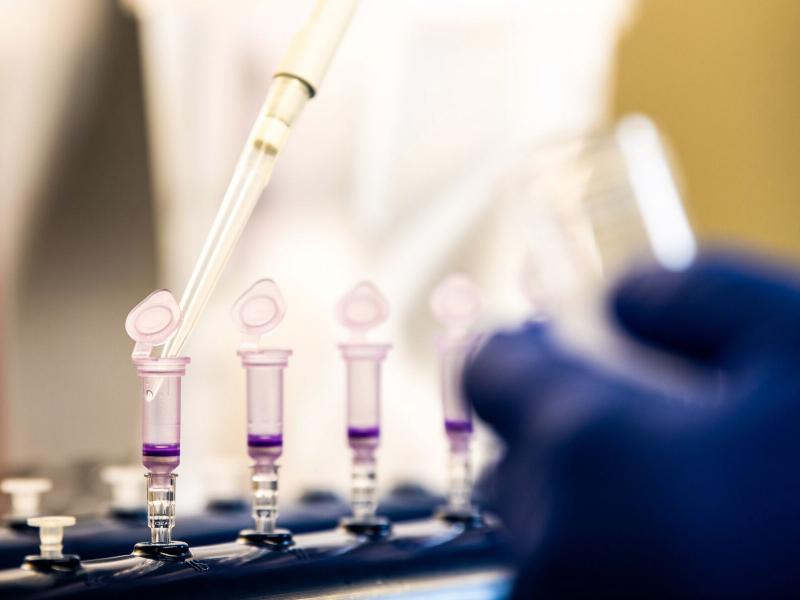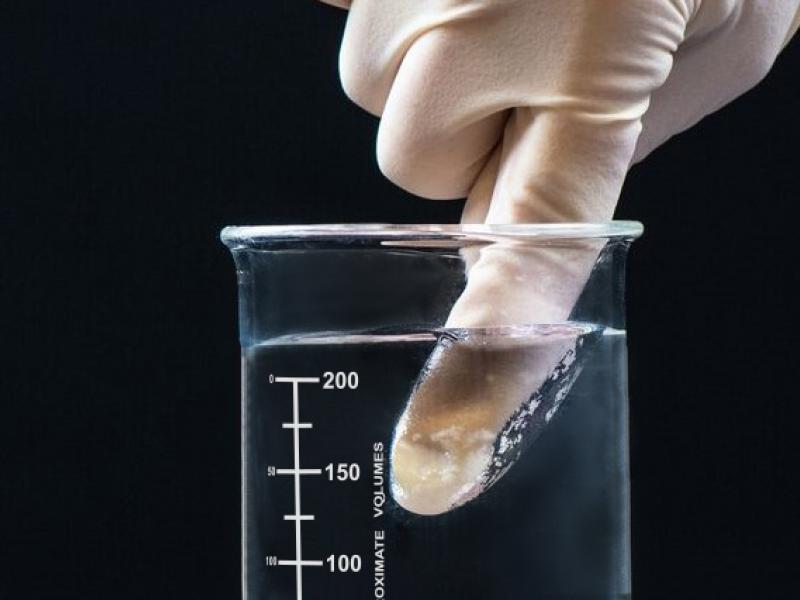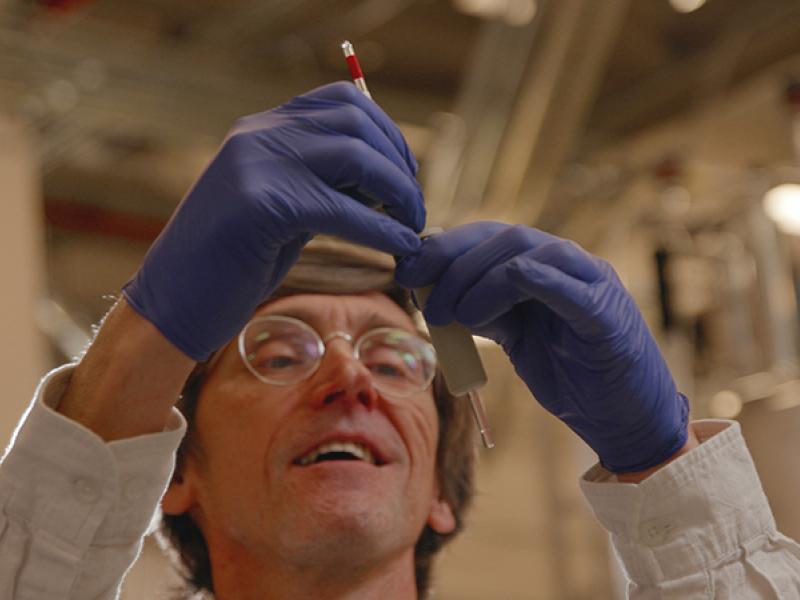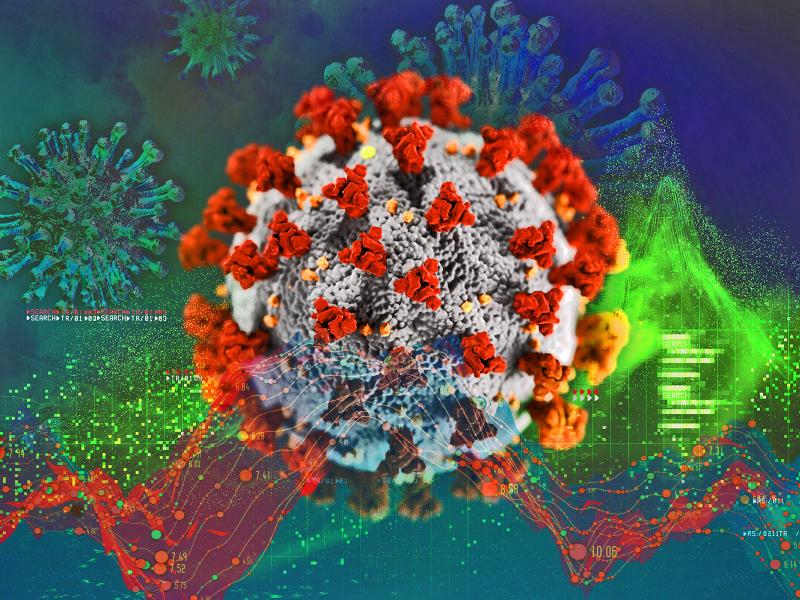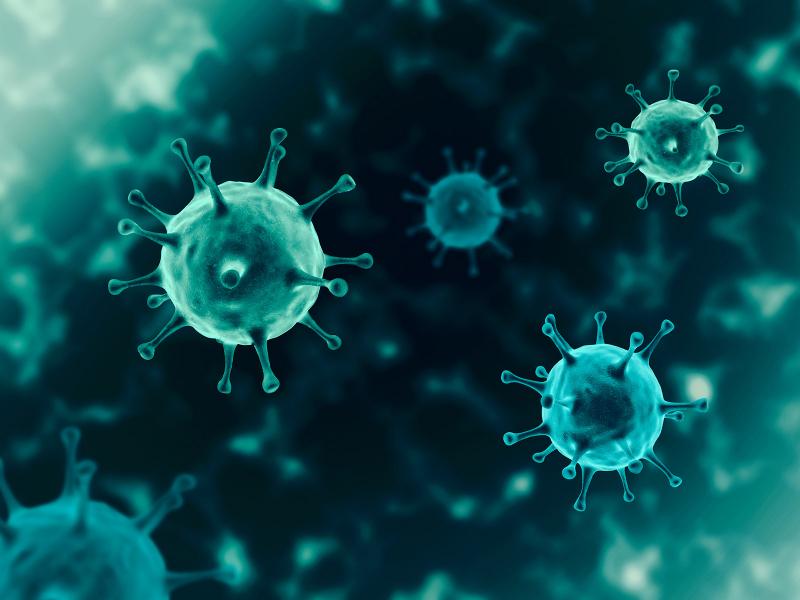
PNNL Researchers
Confront COVID-19
Challenges
PNNL Researchers
Confront COVID-19
Challenges
National laboratory draws on its people, capabilities
to tackle deadly coronavirus
We at PNNL have channeled our spirit, our knowledge, and our skills to create a leading effort to stop the pandemic caused by a novel coronavirus. This work is at the core of our mission—to keep the nation and the world safe and secure.
Even before the virus now known as SARS-CoV-2 had a name, our scientists were tracking its progress. Since then, scores of our researchers have pivoted to study the virus, exploring ways previously unimagined to take down COVID-19 and stop the pandemic. All told, in the first year, our scientists encountered a new and powerful virus, brainstormed multiple ways to address it, established collaborations around the globe, attracted funding, and opened promising new avenues to stop it.
Since then, several vaccines have been created that limit the spread of the virus. But the existence of dangerous variants calls for ongoing scientific research to counter the rapidly changing threat. We also need to continue the search for better drugs to treat those who have been infected. And we need to be prepared—to manage huge amounts of data, to pivot instantly in the future should another potent virus present itself, and to spot and address risks quickly and effectively.
Fortunately, the energy and expertise that PNNL scientists have poured into stopping COVID-19 make all those things more likely.
Below are short snippets and links to some of the ways we are contributing to the effort against COVID-19. Our efforts are coordinated through the National Virtual Biotechnology Laboratory, a consortium of all 17 Department of Energy national laboratories focused on response to COVID-19. Together, our laboratories bring a powerful collection of capabilities—but more important, our people, their know-how and commitment—to tackle the virus and its effects.
Increasing COVID-19 testing and addressing other critical needs

Early in the pandemic, a PNNL team increased the nation’s capacity to test for COVID-19, demonstrating that reagents and equipment from additional manufacturers meet the standards needed to yield accurate test results. Across campus, climate scientists and building experts have performed sophisticated experiments to track exactly how the virus moves in buildings. The work is part of a nationwide project led by a PNNL scientist that’s tackling questions about how the virus moves in offices and classrooms and even on school buses and in wastewater. Another team quickly developed a new 3D printing capability to alleviate shortages of ventilator components.
Laying the groundwork for future medicines, additional vaccines
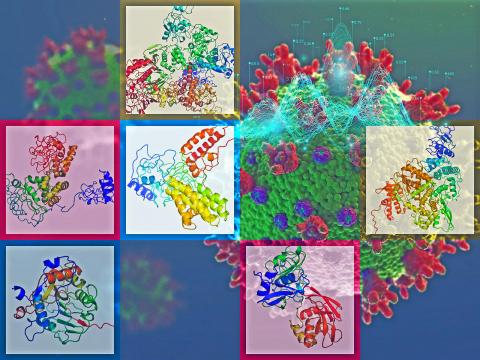
Multiple PNNL laboratories are learning more about the activity of SARS-CoV-2. The virus slips by our immune defenses, then commandeers our molecular machinery to churn out copies of itself, attacking and sometimes overwhelming our bodies. PNNL biologists and chemists are deploying tools like nuclear magnetic resonance spectroscopy to get an unprecedented view of the virus at the core of the COVID-19 pandemic. Others are using machine learning and a range of laboratory techniques to look for weaknesses in the virus’s defensive armor as a guide to the creation of molecules that could disable the virus. Biomedical scientists are tapping their world-class expertise with proteins to work with physicians to analyze protein activity in patients who have had the disease. A guide to the proteins affected by COVID-19 would serve as a roadmap for knocking out viral activity.
Viral action and our response
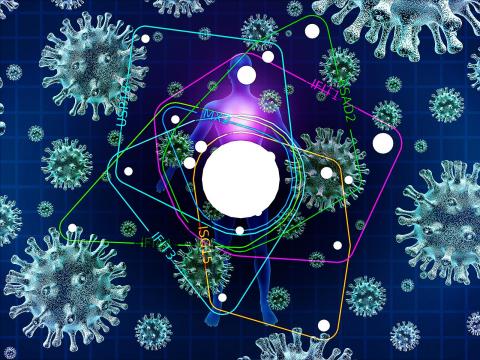
One team is analyzing atmospheric conditions like temperature, humidity, and pollution, looking for links that help explain how the virus spreads. Other PNNL scientists are taking a close look at protein samples from the breath of patients, searching for clues for how patients with COVID-19 responded to infection. Another team is looking at the cascade of events in the lungs that can result in death—which molecules respond to infection and which help most to fight off the virus? Computational scientists are taking a particularly close look at the nasal microbiome—the community of microbes in the nose—exploring which mix of microbes makes some people vulnerable to infection.
National laboratory charts the path forward for COVID-19

Already, tens of thousands of research studies about COVID-19 have been put forth by scientists. Every day brings an onslaught of new data. Managing the glut of data and immediately spotting vital information is a challenge all by itself. PNNL data scientists are using machine learning to address this problem, compiling succinct reports of top developments daily for the nation’s officials. Their colleagues are deploying similar skills to analyze social media activity, providing data to understand citizens’ perceptions around issues like face masks and social distancing—all to help guide the nation’s response to the virus.
Demystifying COVID-19 for the community
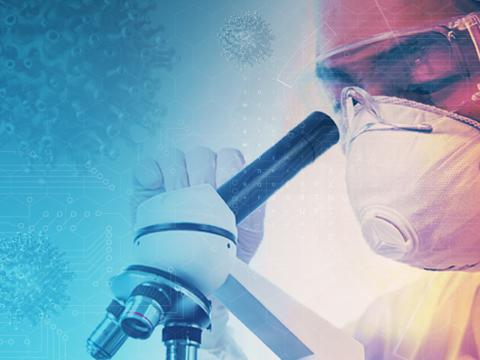
In a special edition of our Community Science and Technology seminar series, PNNL scientists told the story of the science behind COVID-19, including how COVID-19 made the initial jump from animal to human populations, how we can stop it in its tracks, what to expect next, and more. The seminar series drew participants from around the nation and included questions and input from local community leaders anxious to address concerns about the pandemic.


